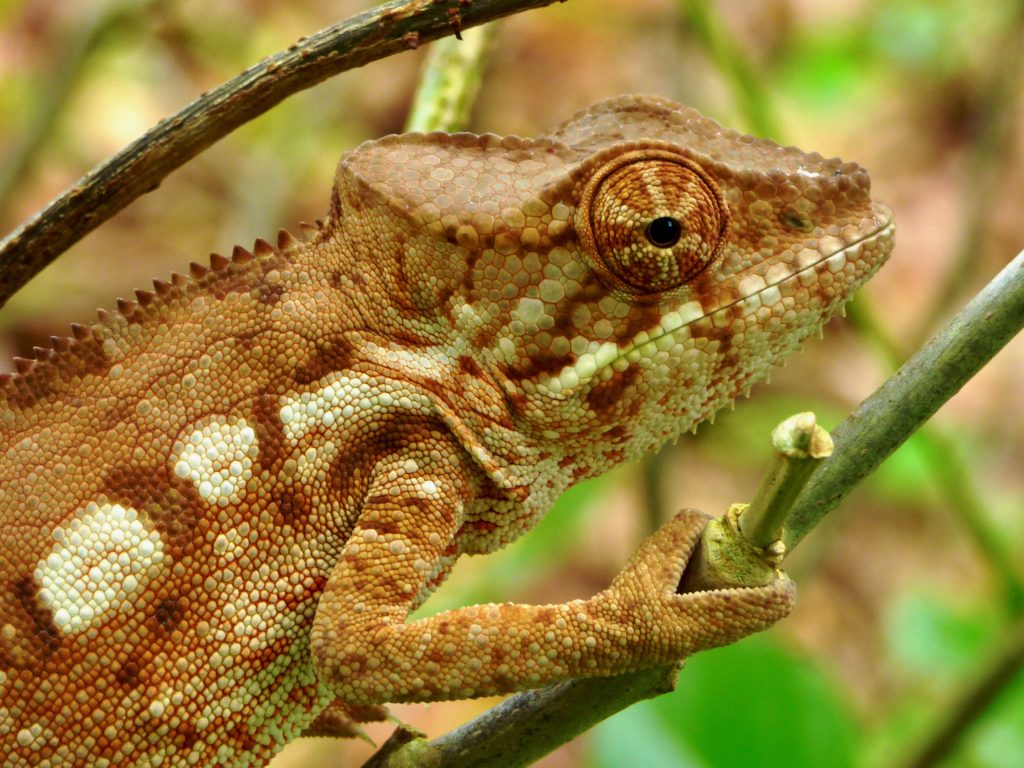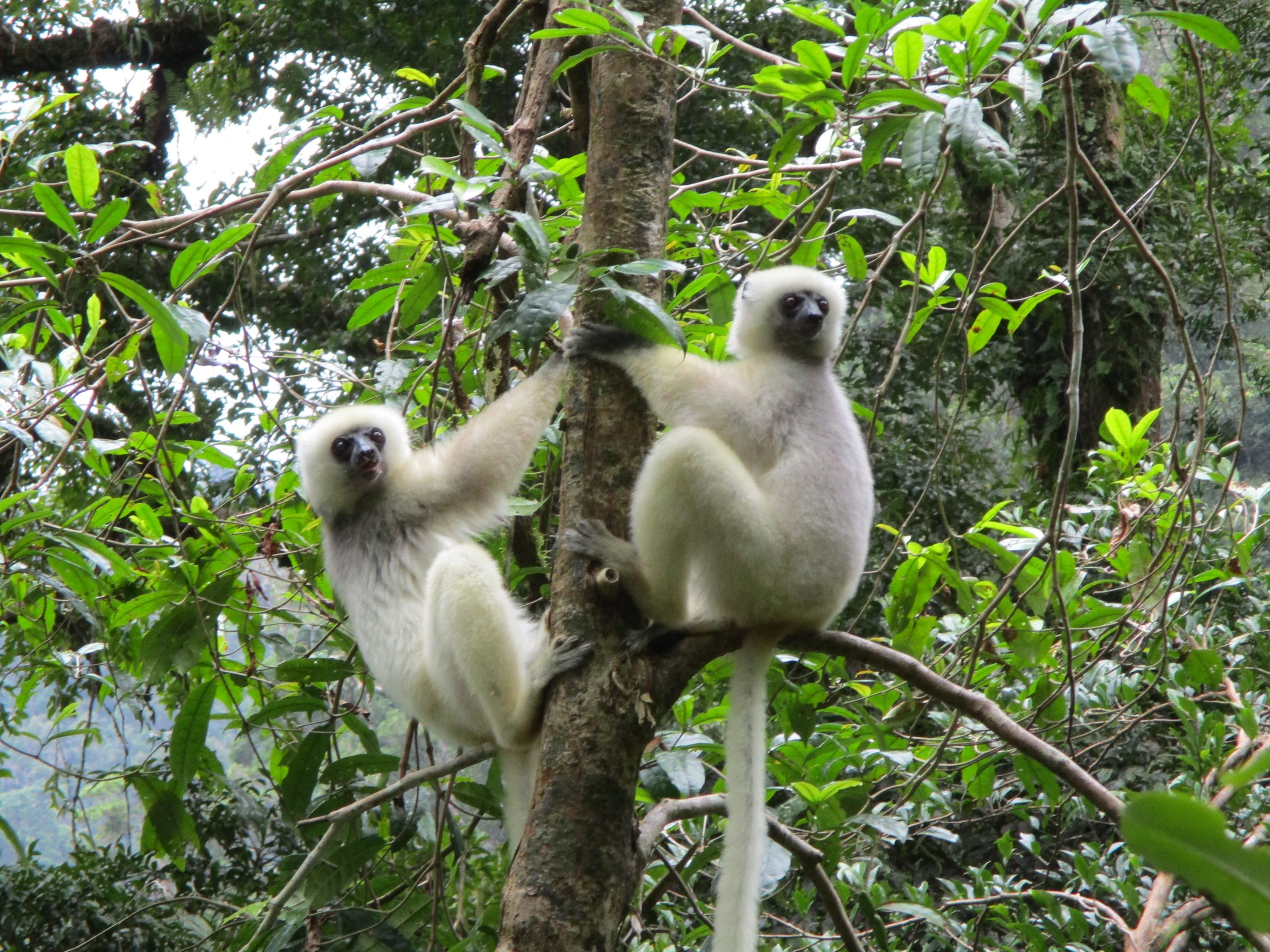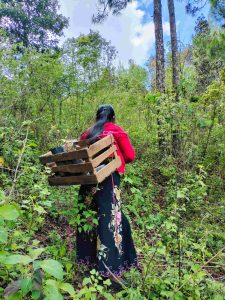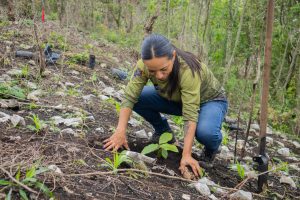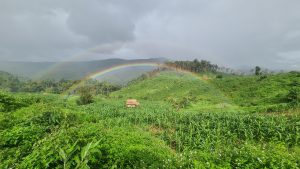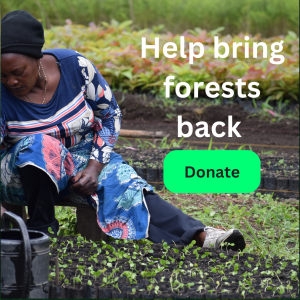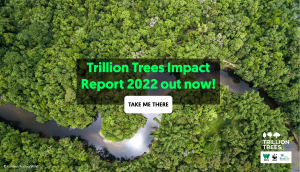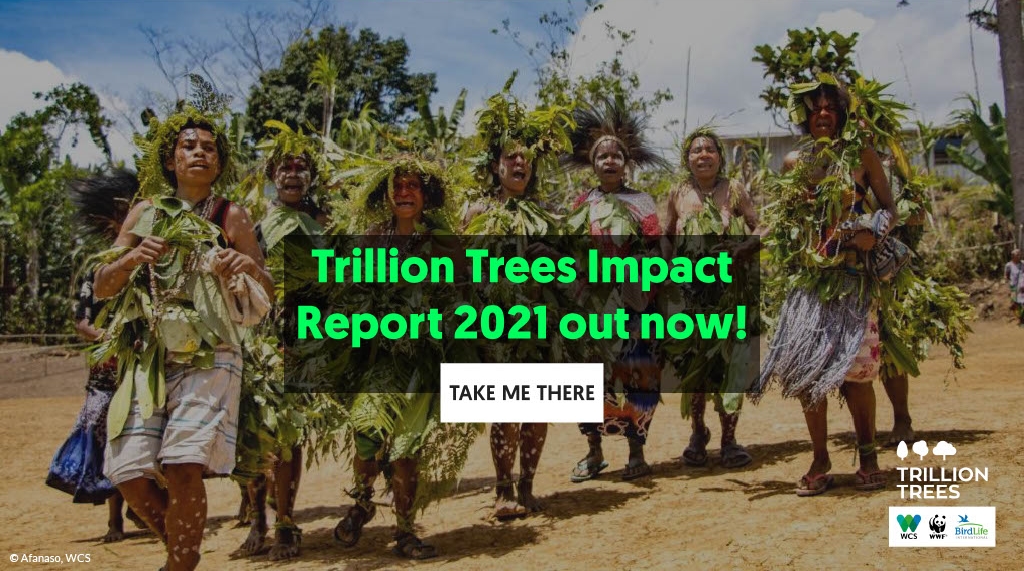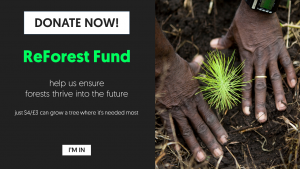A unique place
Madagascar is a truly remarkable place, renowned for its unique biodiversity and rich cultural heritage. Separated from the African mainland for over 160 million years, 80% of this island’s species are found nowhere else in the world, including 2,900 species of trees and over 150 species of mammal, such as lemur, tenrec and fossa. Its diverse ecosystems, from rainforests to spiny forests, make it a critical hotspot for global biodiversity.
The island's cultural richness is equally impressive, with over 20 ethnic groups blending African and Austronesian roots. Traditional beliefs; such as "fady," or cultural taboos, govern many aspects of life, including prohibitions on hunting or consuming certain animals like lemurs, and even protecting species like the aye-aye from harm. Many of these cultural practices play a significant role in conservation, aligning with efforts to protect the unique wildlife. This blend of extraordinary nature and deep-rooted culture makes Madagascar a true haven of ecological and cultural significance.
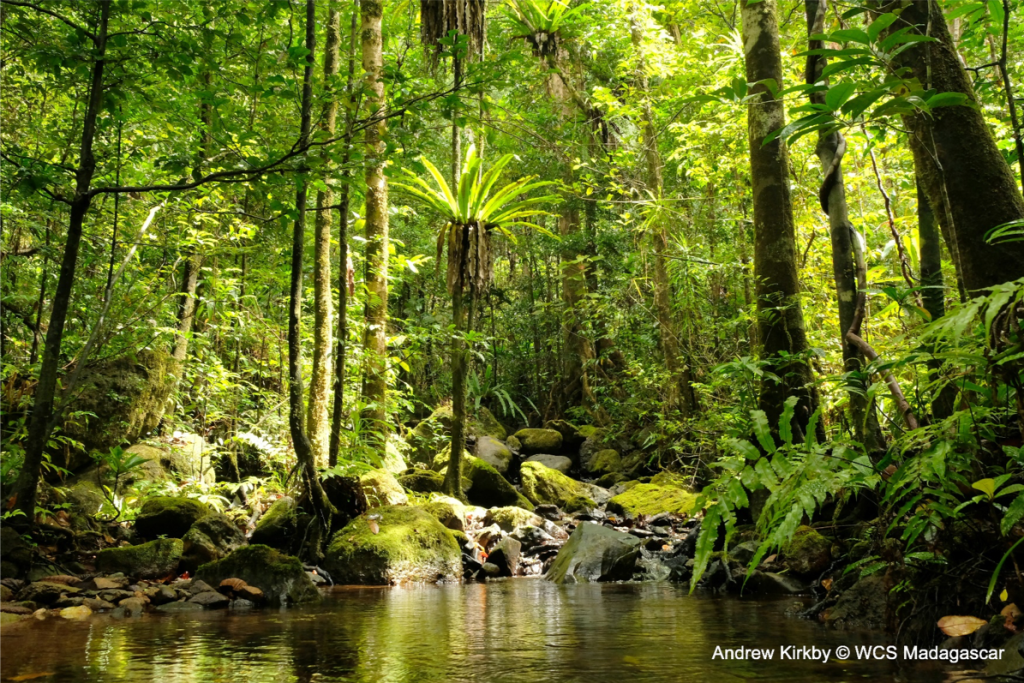
A forest under threat
Madagascar's forests, once lush and teeming with life, have faced severe threats from human activities. Over 80% of the island's original forest cover has been lost, primarily due to deforestation driven by slash-and-burn agriculture, known locally as "tavy." This traditional farming method, exacerbated by rapid population growth since the 1940s, has decimated vast areas of forest. Logging for charcoal and precious timber further compounds the problem, especially in communities lacking access to electricity.
The consequences of this deforestation are dire. Habitat loss endangers the survival of Madagascar's unique species, many of which are found nowhere else on Earth. Soil infertility, erosion, and poor water quality due to sedimentation plague formerly forested areas, leading to increased drought and famine. Human-induced fires also pose a growing threat, jeopardizing both the environment and the livelihoods of the Malagasy people. Efforts like those of Trillion Trees to protect and restore forests are crucial to reversing this damage and promoting sustainable land use to protect this irreplaceable natural heritage.
Working with local communities to protect the forest, its wildlife and create sustainable livelihoods
Efforts to protect Madagascar's forests and wildlife are multifaceted and increasingly urgent. Trillion Trees is at the forefront, focusing on restoring degraded forests and creating sustainable practices. In Makira Natural Park, for example, WCS has restored over 1,330 hectares of forest, establishing vital corridors between fragmented habitats. This work not only helps preserve biodiversity, but also supports the local communities who rely on the forest for their livelihoods.
Local and international organizations are collaborating with Malagasy communities to reduce deforestation and promote sustainable land use. In Makira, WCS has partnered with 80 local groups to reduce deforestation rates by more than 84%. These efforts include promoting forest-friendly crops, such as cocoa, which provide economic alternatives to destructive practices like slash-and-burn agriculture. Additionally, sustainable wildlife management practices, including regulated hunting seasons, help balance the needs of both the people and the ecosystem.
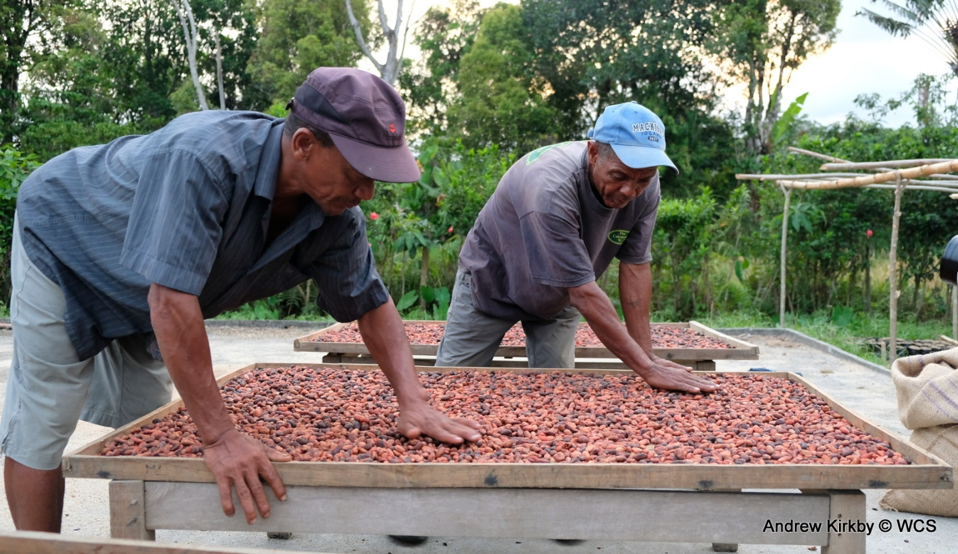
In Southeast Madagascar, BirdLife International partner, Asity Madagascar, has been working with local communities who live around the 58,000 hectare Tsitongambarika forest, which was given Protected Area status in 2015. This forest is home to unique wildlife; new species of plants and animals continue to be discovered, and the forest is also a vital water supply for local communities. In this region, most farmers lack the technical knowledge and financial means to adopt more sustainable farming techniques. Education levels are also generally low with less than 50 per cent of children attending school. To help address this problem, Asity Madagascar, with the support of the Hempel Foundation, Vanguard and BirdLife International, opened a training centre in 2021. As well as improving income sources, the centre supports local people to start sustainable micro-projects, such as agriculture, livestock, beekeeping or fishing and fish farming, to encourage them to take up economic activities that do not harm the environment.
In Madagascar’s rich, forested landscape, cultural practices and traditional beliefs are integrated into conservation strategies. By respecting and incorporating cultural norms, conservationists can foster greater community support and participation in protecting Madagascar's unique natural heritage. Through these combined efforts, there is hope for preserving the island's incredible biodiversity for future generations.
